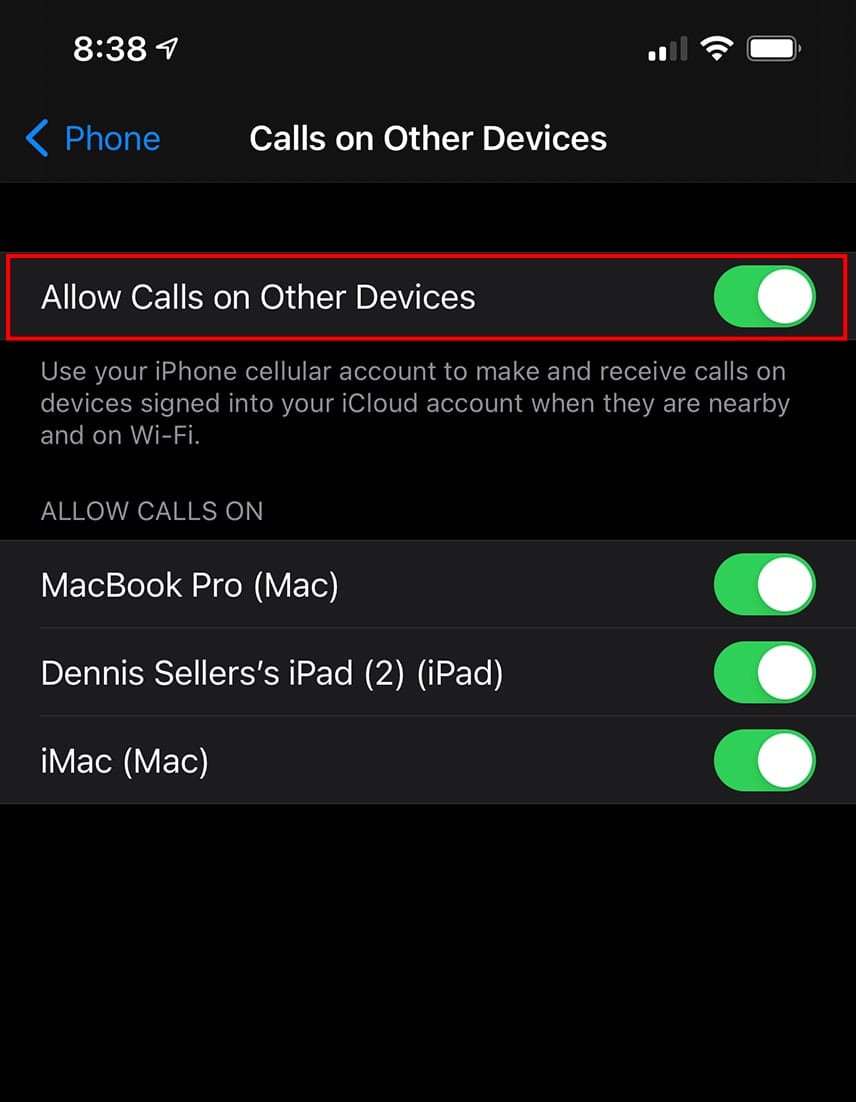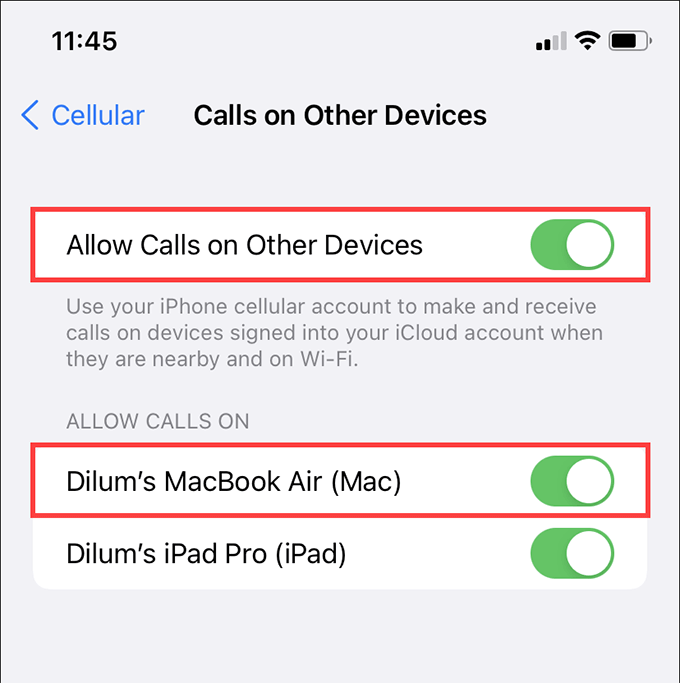

- HOW TO ALLOW IPHONE CALLS ON MAC HOW TO
- HOW TO ALLOW IPHONE CALLS ON MAC BLUETOOTH
- HOW TO ALLOW IPHONE CALLS ON MAC MAC
HOW TO ALLOW IPHONE CALLS ON MAC BLUETOOTH
To share content with AirDrop from iPhone, make sure that both devices have their Bluetooth and Wi-Fi on and that they’re no more than 9 metres apart.

Turn on Bluetooth in the AirDrop tab or do it by using the top menu bar.On the left side panel, click on the AirDrop heading.You can activate AirDrop on any of the Macs introduced in 2012 or later (except for the 2012 Mac Pro) if you’re running OS X Yosemite or newer.

HOW TO ALLOW IPHONE CALLS ON MAC HOW TO
How to turn on AirDrop to receive files on a Mac Make sure that the slide bar next to AirDrop is green. Go to C ontent & Privacy Restrictions → Allowed Apps. If you can’t turn receiving on, go to Settings and tap on Screen Time. Choose from the selection described earlier.

It works only between Apple devices and doesn’t require file hosting services, cloud storage, mailing apps, or other tools that move files between devices by downloading them.ĪirDrop gave Apple users the ability to send data from iPhone to MacBook: images, music and video recordings, text notes, and more. But neither will you be disturbed by those devices ringing when you get a call on your iPhone.If you use Apple products, you have probably heard about the company’s own file transfer service, AirDrop. In both cases, you will no longer be able to use FaceTime to make or receive phone calls via your iPhone. But neither will you be disturbed by those devices ringing when you get a call on your iPhone. Now click on the box next to iPhone Cellular Calls.In both cases, you will no longer be able to use FaceTime to make or receive phone calls via your iPhone. On a Mac, launch FaceTime and click in Preferences in the FaceTime menu. Now toggle iPhone Cellular Calls to the Off position. On the iPad, go to Settings then tap FaceTime. There is another way to switch off calls on an iPad or a Mac. Alternatively, if you just want to switch off individual devices’ ability to make and receive calls, slide the switch next to the name of the device to the off position. Now you won’t be able to use your iPhone’s mobile network connection to make calls on your Mac or iPad, but you won’t be disturbed by those devices ‘ringing’ either.Ģ. To switch off calls on other devices completely, slide the switch opposite Allow Calls on Other Devices to the left. Tap on the Settings app to launch it and scroll down to Phone.


 0 kommentar(er)
0 kommentar(er)
